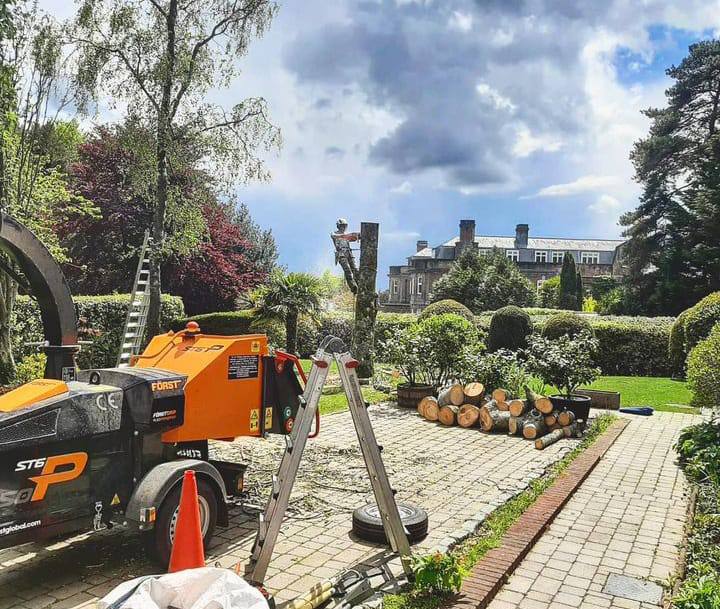The Impact of Climate Change on Tree Surgery Practices
Introduction: Climate change is an undeniable reality, and its effects are being felt across the globe. As temperatures rise, weather patterns become more unpredictable, and extreme weather events become more frequent. Tree surgery, a practice deeply intertwined with the health and care of trees, is also adapting to the challenges posed by climate change. In this blog post, Keyworth Tree Surgeons explores the impact of climate change on tree surgery practices, highlighting the evolving strategies and techniques arborists employ to protect and preserve our trees in a changing world.
1. Increased Storm Damage
One of the most noticeable consequences of climate change is the increased frequency and intensity of storms. Severe storms can wreak havoc on trees, causing damage to branches, trunks, and roots. Tree surgeons are increasingly called upon to assess storm damage, provide emergency services, and implement preventive measures to protect trees from future storms.
2. Disease and Pest Migration
Warmer temperatures and changing precipitation patterns create favourable conditions for migrating tree diseases and pests. Arborists must stay vigilant and adapt their tree surgery practices to address these new challenges. This may involve early detection, rapid response, and the development of disease-resistant tree varieties.
3. Drought Stress and Water Management
Drought conditions are becoming more common in many regions, leading to water stress for trees. Tree surgeons focus on water management strategies, including mulching, deep root watering, and soil amendments, to help trees survive prolonged dry spells and maintain their health.
4. Pruning and Shaping for Climate Resilience
Tree surgeons are increasingly considering climate resilience when pruning and shaping trees. By selectively removing branches and promoting balanced growth, arborists can help trees better withstand the stressors associated with climate change, such as extreme heat and drought.
5. Soil Health and Soil Amendments
Healthy soil is essential for tree survival in changing climates. Tree surgeons are increasingly focused on soil health, incorporating organic matter, and using mulch to improve water retention and nutrient availability. Healthy soil provides the foundation for strong and resilient trees.
6. Preservation of Native Species
As climate change disrupts ecosystems, tree surgeons are emphasising the preservation and planting of native tree species that are better adapted to local climate conditions. This promotes biodiversity and helps maintain healthy ecosystems.
7. Education and Awareness
Tree surgeons are also playing a role in educating the public about the impacts of climate change on trees and the importance of responsible tree care. Increasing awareness can lead to more informed decisions about tree planting, maintenance, and conservation.
Conclusion: Climate change is reshaping the landscape of tree surgery practices. Arborists are adapting their techniques, strategies, and priorities to protect and preserve trees in a changing world. Keyworth Tree Surgeons is committed to practising climate-resilient tree surgery, ensuring that our trees continue to provide us with their many benefits in an evolving environment.
Call us on: 0115 647 1198
Click here to find out more about Keyworth Tree Surgeons
Click here to complete our contact form and see how we can help with your tree’s needs.

